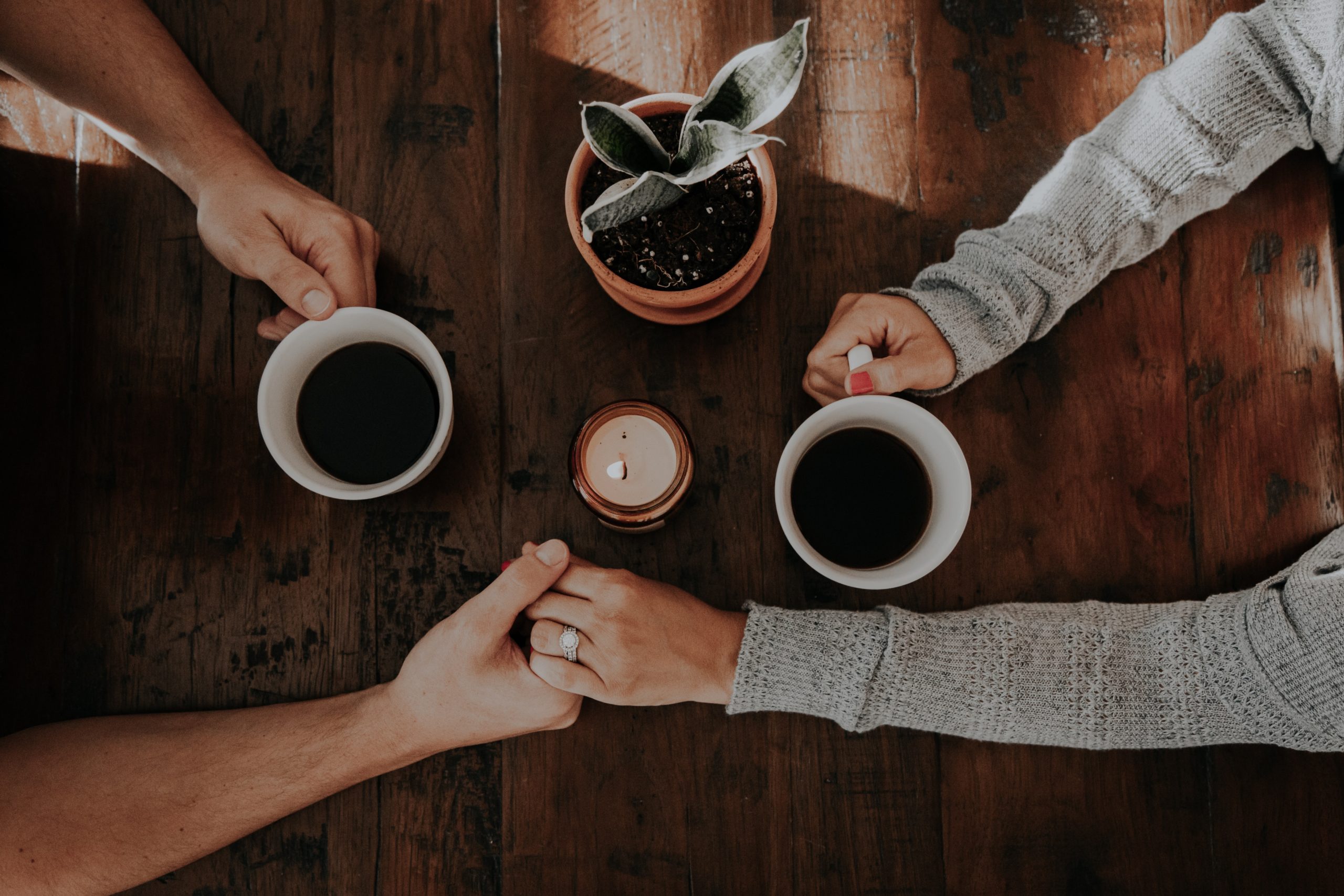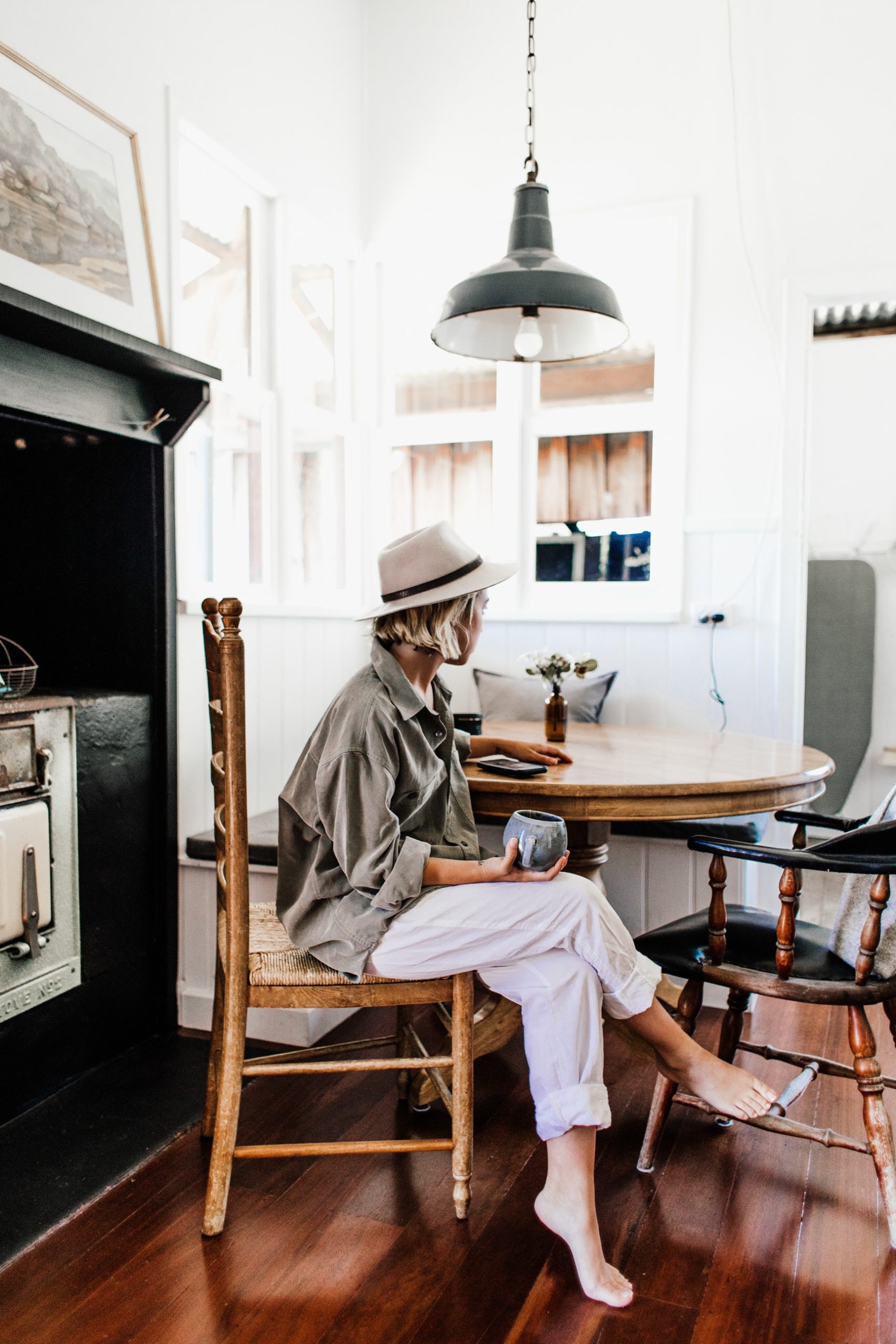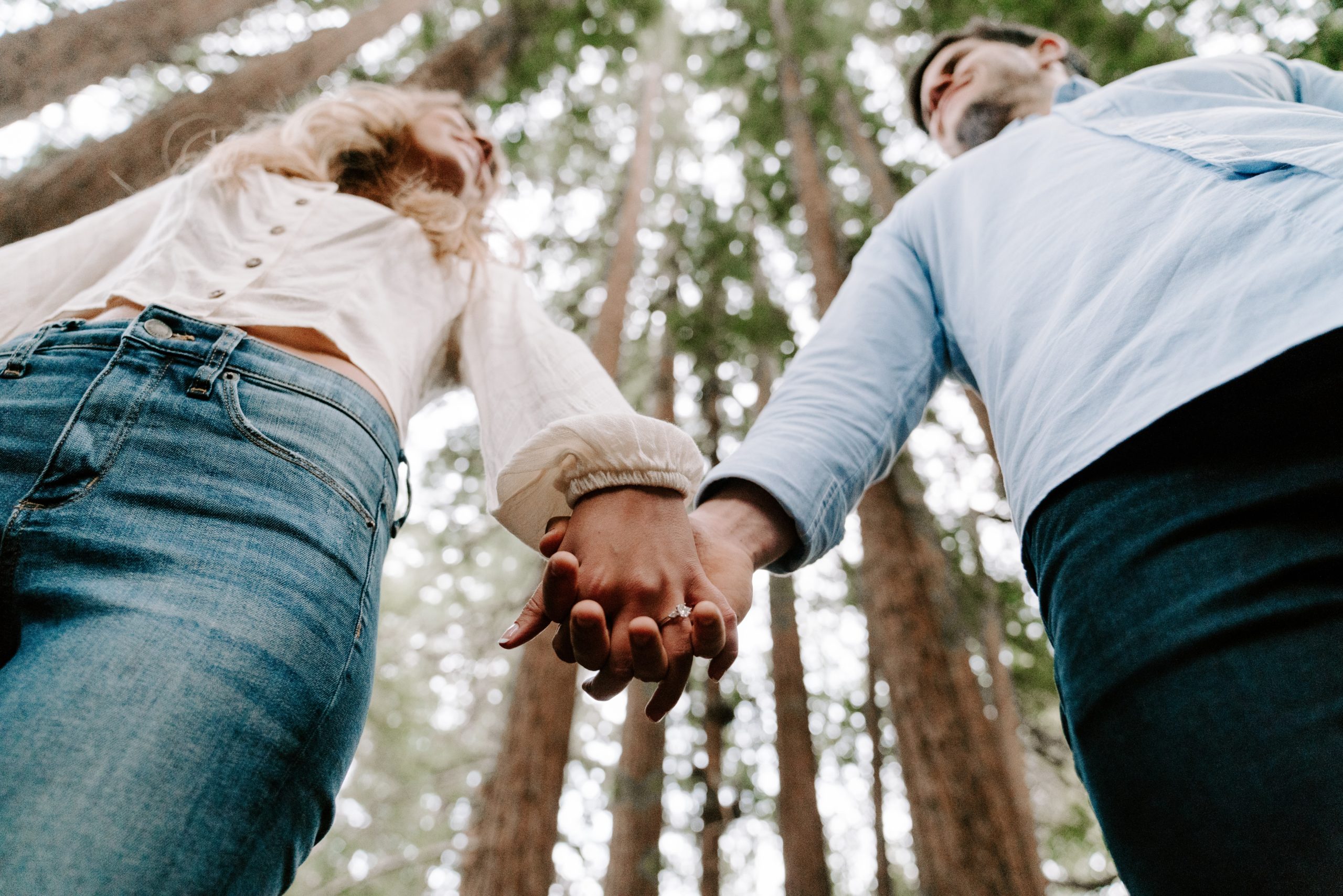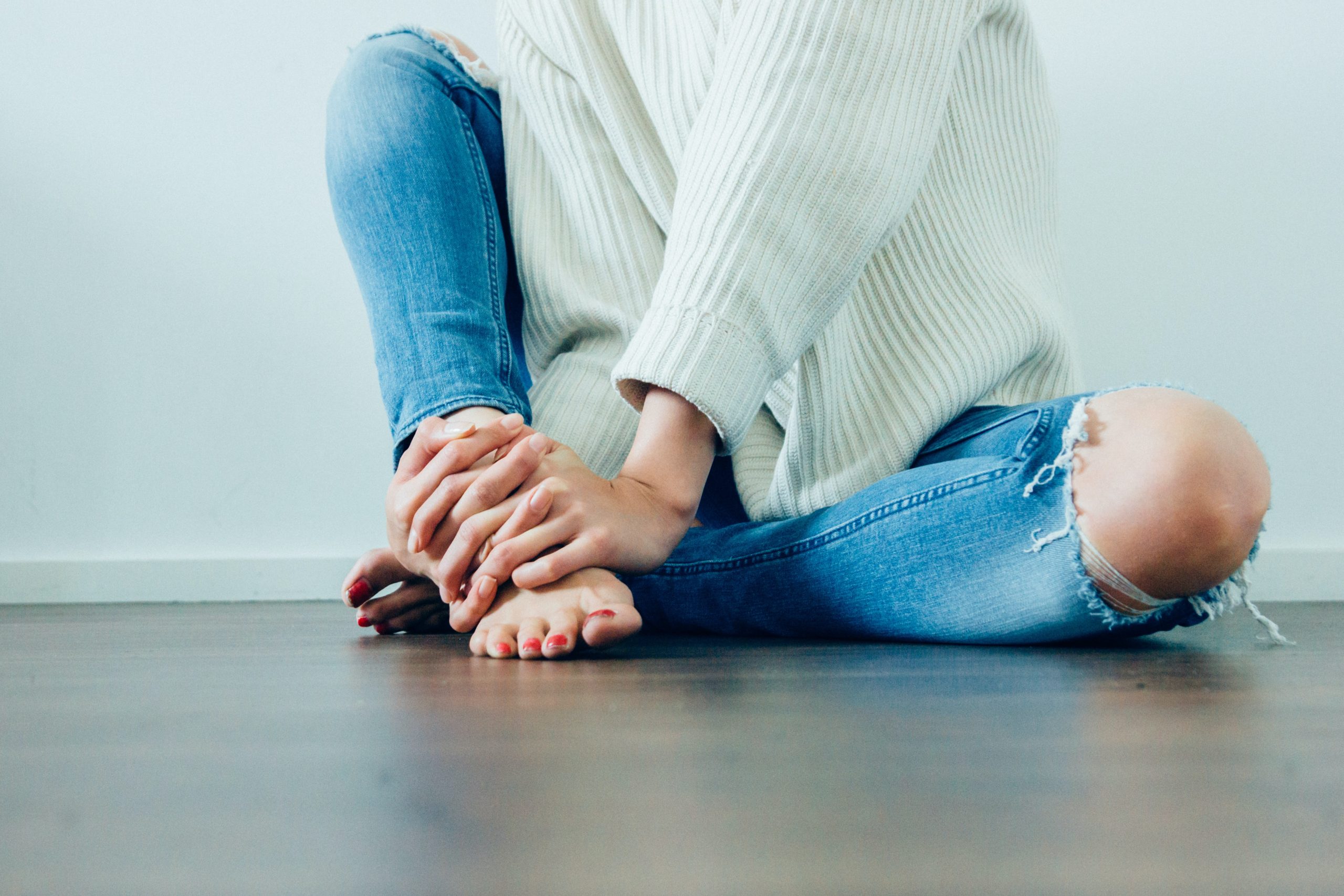Over the course of the last few weeks, we have discussed what each attachment style— secure attachment, avoidant attachment, and anxious attachment— looks like in romantic relationships. This information is all well and good to help you gain better understanding about yourself and/or your partner, but it lends the question: How does this all play into relationship configurations? How does our attachment style inform who we chase?
As you and I both well know, it isn’t always the case that people with secure attachment end up in relationships with other people with secure attachment styles, nor is that the case for the other two. In fact, very rarely do we end up with someone with the same attachment style. Of course, this is much in part to how physical attraction plays into romantic relationships, as well as the unfortunate circumstances of deception, manipulation, or just not getting to know a person well enough before getting into a relationship with them.
But it turns out that this is more so due to the way attachment styles interact with each other to create interesting (albeit, often toxic) relationship dynamics. So, in today’s blog post, I thought I would explain the various “matchmaking” duos and how they compliment or are a detriment to each other.
Romantic Relationship Situations Informed by Attachment Style
- Secure + Secure: This is, of course, the most ideal romantic relationship situation. In this case, you have two individuals who are equally confident in themselves and their relationships, but can also be equally attentive to each other’s needs. These people will be largely communicative without any need for reassurances and will be perfectly capable of loving each other well.
- Secure + Anxious: Securely attached individuals will often end up with anxiously attached ones because secure types will be capable of dating someone who is anxious and needs reassurances in the relationship. Because the secure type feels sound in themselves and the relationship, it will come easily to them to dole out exactly what the anxious type needs.
- Secure + Avoidant: This is similarly no problem for the secure type. Again, they are comfortable enough with themselves that they find no problem giving an avoidant type the space they need without feeling any sort of threat to the relationship.
- Anxious + Avoidant: These two unhealthy attachment types are more likely to end up in a romantic relationship together than one might think. Sure, opposites attract, but there is method to the madness— Avoidant types push people away, but anxious types constantly run towards for love and affection. So, it ends up being the case that anxious types are likely to stick around longer than anyone else has for an avoidant in an effort to get them to open up.
In plain terms: Say an avoidant man is pushing a woman away in a relationship. Her anxious attachment style will only make her more determined until he finally caves in and commits to her, which feeds the avoidant fire because he recognizes that he is needed. It’s a toxic situation that needs the help of couples’ counseling.
What Can We Learn From All of This?
As I consistently emphasize, attachment styles are most often, if not always, the product of your upbringing. They are never your fault, and although it isn’t easily done, with the help of a licensed professional counselor, they can be healed.
Furthermore, we learn that insecurities attract insecurities. Unfortunately, we all experience insecurity in some way, whether it be because of the way our caregivers informed our attachment styles, the limiting beliefs we have been lead to be convinced of about ourselves, or a trauma we might have experienced that has made us question our every move. This is why it is ever so important to heal what has been broken and restore your innermost self— the self that is secure and confident and true north.






